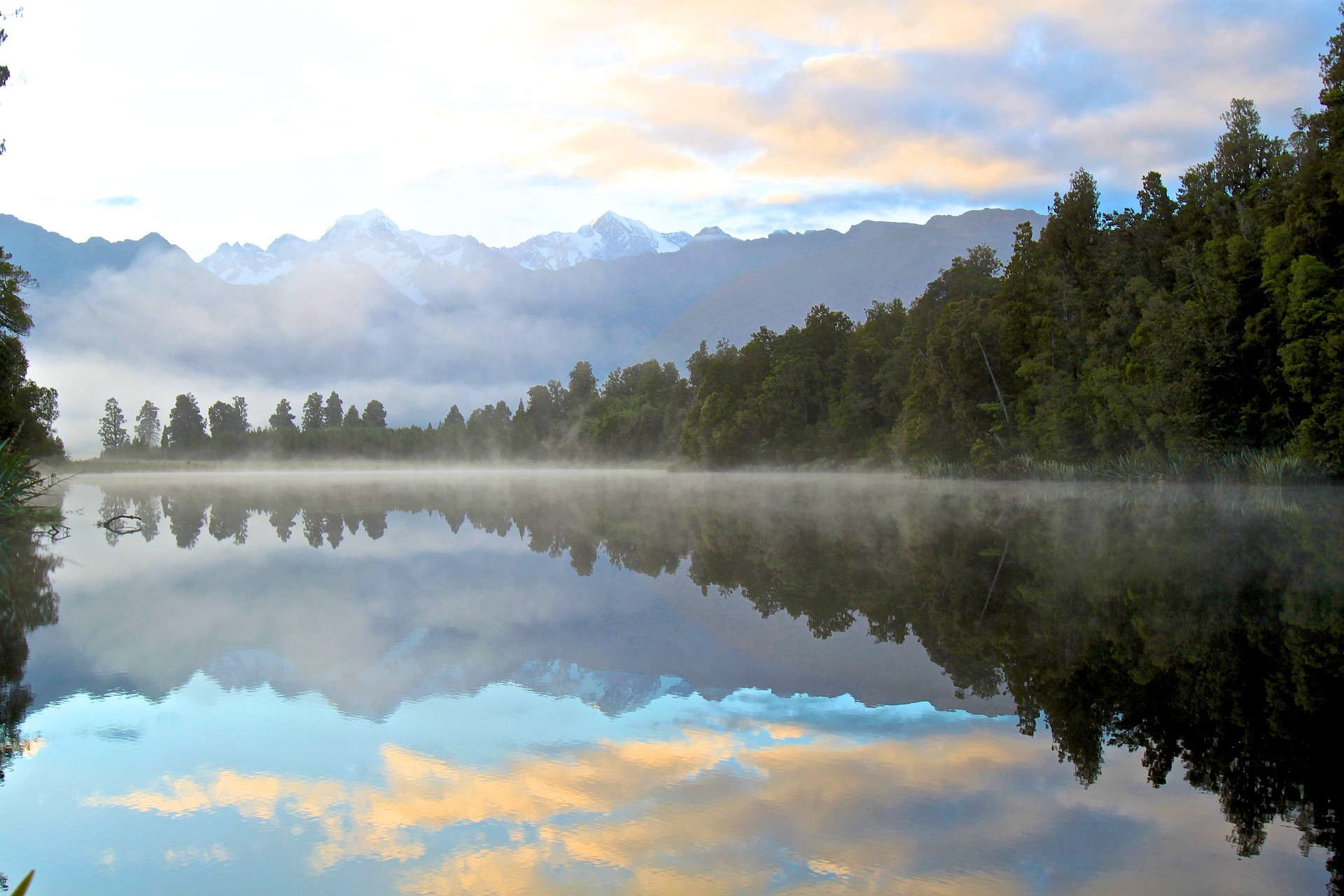Amazonia is burning and we are asking about the impact of fires on the production of oxygen we breathe on Earth

As a result of massive fires consuming the Amazon rainforest , many experts appealed to the Brazilian authorities for some decisive and pro-ecological reaction. A common argument in these appeals was that Amazon produces a significant portion of the oxygen we breathe. How is it really
Oxygen production is regarded as one of the important benefits provided by forests. However, the matter is a little more complicated. Yes, photosynthesis actually allows plants to use atmospheric carbon dioxide to build tissues and releases oxygen into the atmosphere. But this mechanism works only during the day. At night, the opposite is the case: the plants then breathe, i.e. they take in oxygen and emit carbon dioxide.
What is the balance of this process? Again: it depends: as long as the plant is young, the balance is favorable: oxygen increases and carbon dioxide decreases. In the old forest, however, decay processes may dominate photosynthesis, so the balance is inverse. Also, if we were interested in optimal oxygen production by forests and forests, we should keep them in the early stages of ecological succession, cut down adult trees and plant new ones.
Such a forest could then be a kind of carbon dioxide reservoir. But from an ecological point of view, the most valuable is the mature forest. Thus, treating it as an instrument for climate protection is in conflict with other functions, which in general, seem to be much more valuable in general terms. We are talking here about maintaining forest, very complex ecosystems.
It is estimated that about 3 million animal species live in the Amazon rainforest. Nowhere else in the world is there such a wide variety of flora and fauna. In addition, there are about 400 tribes (in total it is about 1 million people) that do their best to not have too much contact with a developed civilization. In the light of these numbers, whether Amazonian trees have a negative or positive oxygen production balance is really not important. Although honestly it must be admitted that the argument repeated by everyone that Amazon is responsible for productions of about 20 percent. oxygen to our atmosphere is rather untrue.
Ok, what exactly is responsible for the production of oxygen on our planet?
The most sensible consensus developed by scientists is currently the following statement: terrestrial plants and ... the ocean are responsible for the production of oxygen on our planet, approximately in half. And actually it is not the ocean itself, but the microscopic vegetation living there, professionally called phytoplankton. This plankton, thanks to the same photosynthesis process, absorbs as much carbon dioxide as terrestrial plants.
In this process, phytoplankton also helps all small creatures collectively called zooplankton (protozoa, rotifers, crustaceans, tunicates, larvae, etc.) that can absorb carbon dioxide and store it in their armor. Such creatures, after death, sink to the bottom of the ocean, creating there thick layers of limestone, which become natural CO2 stores and store it safely on the sea bottom. This is how coral reefs are formed.
As for the oxygen production itself, it is currently assumed that our planet has two, more or less equally efficient lungs: the ocean and all terrestrial plants, which - due to the planet's natural cycle - maintain a positive oxygen balance every year due to for the most part of young plants.
There is also the issue of carbon dioxide storage itself, which helps us to keep our climate in check. And here, without a doubt, the ocean has much more effective mechanisms for storing this greenhouse gas. Currently, it is estimated that our seas and oceans store about 50 times more CO2 than it does in the atmosphere. And it can store much more than any cluster of terrestrial plants.
By the time...
Already in 2013, in the publication "The State of the Ocean" , published as part of the International Program on the State of the Ocean (IPSO), its authors stated that the degradation of marine ecosystems as a result of human activity is slowly becoming irreversible. The consequences are alarming and - of course - threaten our existence. These conclusions confirm all newer studies of ocean ecosystems. Recent assessments by the United Nations International Panel on Climate Change (IPCC) indicate that changes in ecosystems are progressive and absolute: while rising temperatures on land may now pause, this is certainly not the case for the ocean that is warming up regardless of land thermometer readings.
Excessive absorption of carbon dioxide (which is produced by our industry in huge quantities) leads to the formation of so-called deadly trio. With this term, the authors of the IPSO report identify three key factors that have the greatest impact on the destruction of marine ecosystems: acidification, warming and deoxidation (formation of large areas of anaerobic zones).
These three factors also intensify the impact of other destructive elements on oceans' ecosystems. We are talking here about chemical pollution, eutrophication and overfishing. As a result of the horrendous increase in carbon dioxide in the atmosphere, the level of ocean acidification has risen to unprecedented proportions in Earth's history in recent decades. This is a much bigger problem than burning forests.
Land ecosystems regenerate much faster. Meanwhile, hundreds of years of neglect to the oceans may sooner or later prove fatal. In a word: people are on the perfect path to killing at least one lung of our planet. Such an amazon can be regenerated stubbornly in 50-100 years. However, it will be much harder with the oceans. And longer.
Amazonia is burning and we are asking about the impact of fires on the production of oxygen we breathe on Earth
Comments
Post a Comment